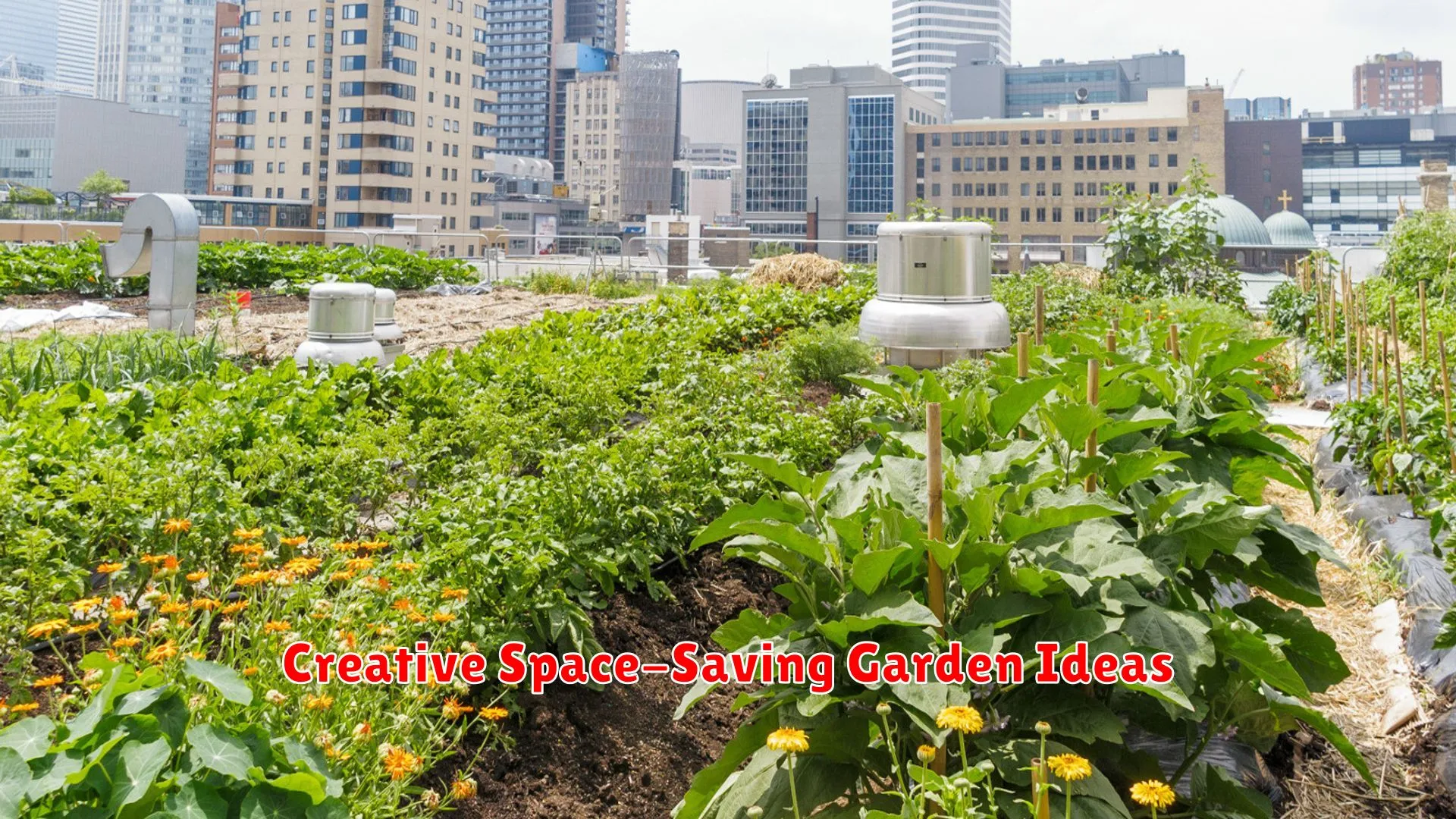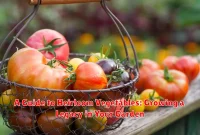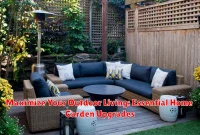Discover how to create a flourishing urban garden in limited spaces with our comprehensive guide. From vertical planters to balcony blooms, learn the essential tips and tricks for beginner urban gardeners to cultivate greenery in city living.
Getting Started with Urban Gardening

Urban gardening is a rewarding way to bring greenery into small spaces and connect with nature. If you’re new to urban gardening and unsure of where to begin, this beginner’s guide will help you kickstart your journey into cultivating plants in urban environments.
Start with Assessing Your Space
The first step in urban gardening is assessing the space you have available. Whether it’s a balcony, rooftop, windowsill, or even just a corner of your apartment, identify the areas where you can place plants and determine the amount of sunlight they receive.
Choose the Right Plants
Opt for plants that thrive in small spaces and are suitable for urban environments. Herbs like basil, mint, and parsley are ideal for beginners and don’t require much space to grow. Succulents and cacti are also great options for urban gardening.
Invest in the Right Tools
Basic gardening tools such as a trowel, watering can, and pruning shears are essential for maintaining your urban garden. Consider investing in lightweight and compact tools that are easy to store in small spaces.
Provide Adequate Care
Consistent watering, proper sunlight, and regular maintenance are crucial for the success of your urban garden. Be mindful of the specific care requirements of each plant you choose and create a routine to ensure they thrive.
Get Creative with Vertical Gardening
In small urban spaces, vertical gardening can maximize your growing area. Utilize wall-mounted planters, hanging baskets, or trellises to grow plants vertically and make the most of limited space.
Join Urban Gardening Communities
Engage with like-minded individuals by joining urban gardening communities both online and in your local area. These communities can provide valuable tips, inspiration, and support as you navigate your urban gardening journey.
Embark on your urban gardening adventure with these tips, and enjoy the beauty and tranquility of nurturing plants in your small urban oasis.
Choosing Plants for Your Urban Garden

One of the essential aspects of urban gardening in small spaces is selecting the right plants that will thrive in your urban environment. When choosing plants for your urban garden, considering factors such as sunlight, space availability, and maintenance can greatly impact the success of your gardening endeavors.
Sunlight Requirements
Start by assessing the amount of sunlight your garden receives. Different plants require varying levels of sunlight to grow. If your urban space is limited in direct sunlight, opt for shade-loving plants like ferns, peace lilies, or snake plants. On the other hand, if you have ample sunlight, consider vegetables such as tomatoes, peppers, or herbs like basil and mint.
Space Considerations
Since urban gardens often have limited space, choose plants that are well-suited for container gardening. Herbs, succulents, and small vegetables can thrive in pots or vertical planters, making the most of your available space. Additionally, utilizing hanging baskets or trellises can help maximize vertical space and add greenery to walls or balconies.
Maintenance Needs
When selecting plants for your urban garden, consider your schedule and ability to maintain them. Opt for low-maintenance plants like succulents or hardy herbs if you have a busy lifestyle. However, if you enjoy tending to your garden regularly, flowering plants like marigolds or petunias can add color and vibrancy to your urban oasis.
By carefully choosing plants that suit your urban setting, you can create a thriving garden even in small spaces. Experiment with different plant varieties, mix and match foliage textures, and enjoy the process of nurturing green life in the heart of the city.
Creative Space-Saving Garden Ideas

Urban gardening in small spaces can be a rewarding and fulfilling hobby, even if you have limited area to work with. With some creative thinking and ingenuity, you can transform your small space into a flourishing garden oasis. Here are some space-saving garden ideas for beginners looking to start urban gardening:
Vertical Gardening
Utilize vertical space by growing plants on walls, fences, or trellises. This not only maximizes space but also adds a beautiful and decorative element to your garden. Consider growing vine plants like tomatoes, beans, or cucumbers that naturally climb and thrive in vertical spaces.
Container Gardening
Use containers of various sizes and shapes to plant a variety of herbs, flowers, or vegetables. Container gardening is ideal for small spaces as you can place pots on balconies, windowsills, or even hang them from railings. Get creative with colorful pots and mix different plants to create an eye-catching display.
Hanging Gardens
Hang baskets or planters from overhead structures such as pergolas, beams, or hooks. This method not only saves ground space but also adds a charming element to your garden. Plants like trailing ivy, ferns, or petunias work well for hanging gardens and create a lush and green environment.
Stacked Garden Beds
Arrange raised garden beds in a stacked or tiered fashion to optimize planting space. Stacked garden beds not only provide depth for root growth but also create a visually appealing garden layout. Plant a mix of vegetables, herbs, and flowers in each level to create a diverse and productive garden.
Compact Dwarf Varieties
Choose compact or dwarf varieties of plants that are bred specifically for small spaces. Compact vegetables like cherry tomatoes, mini peppers, or dwarf beans are perfect for urban gardens. These varieties not only take up less space but also produce bountiful harvests in small areas.
Conclusion
In conclusion, urban gardening in small spaces offers a sustainable and rewarding way to connect with nature and produce fresh, homegrown food, even in limited urban environments.




